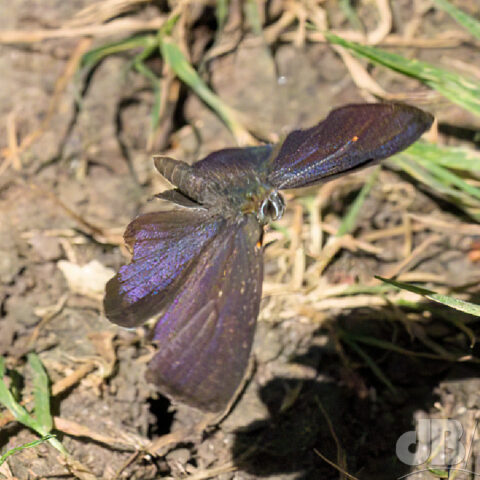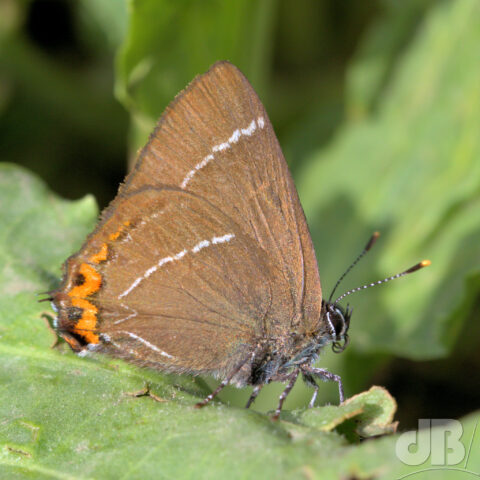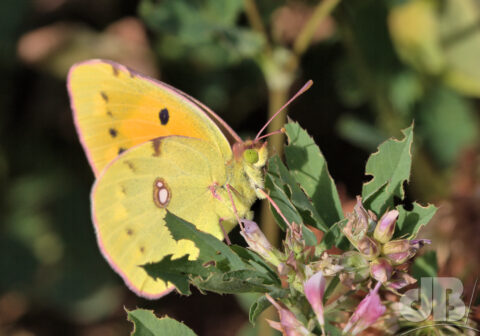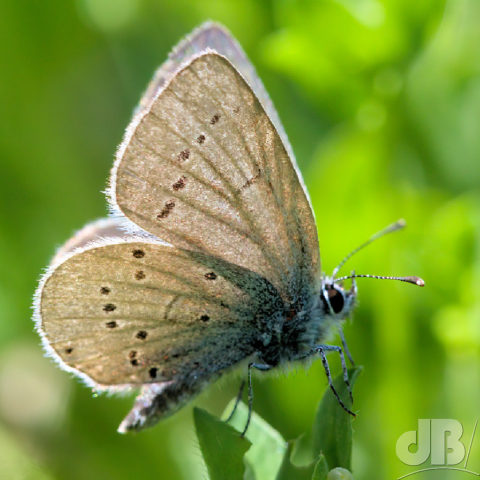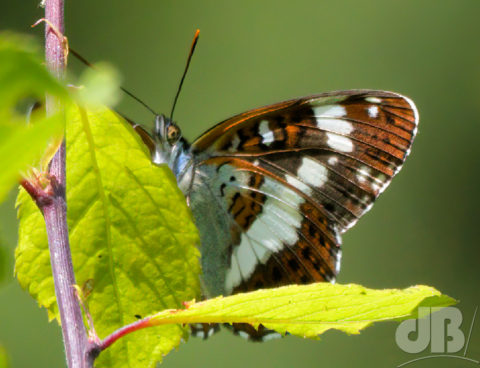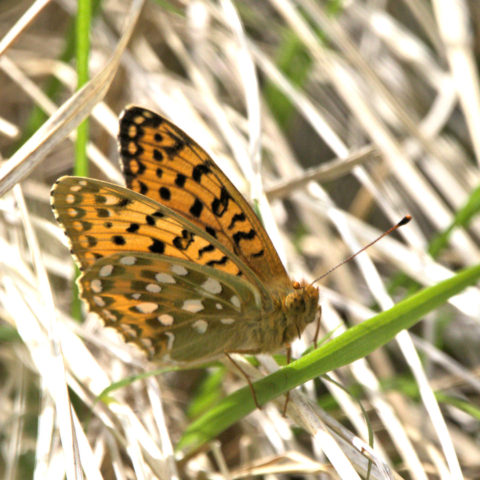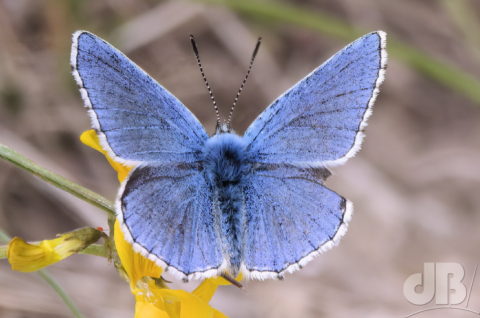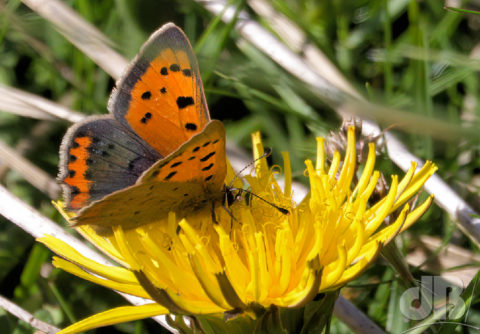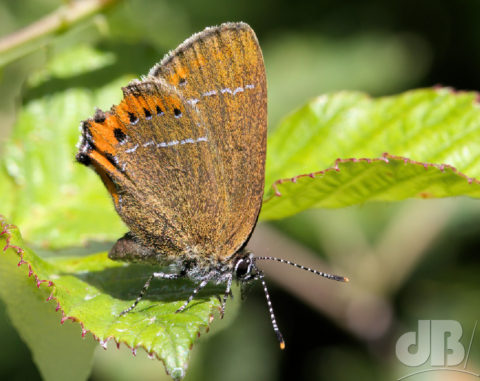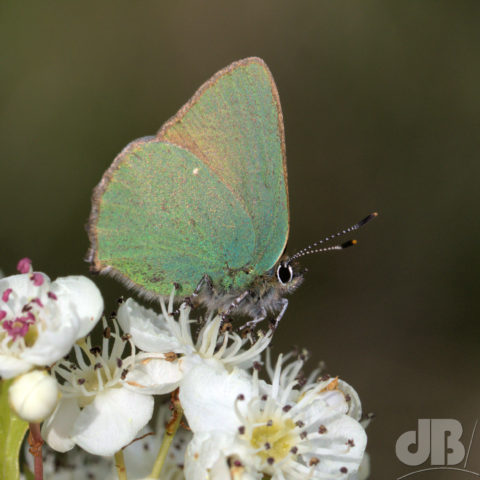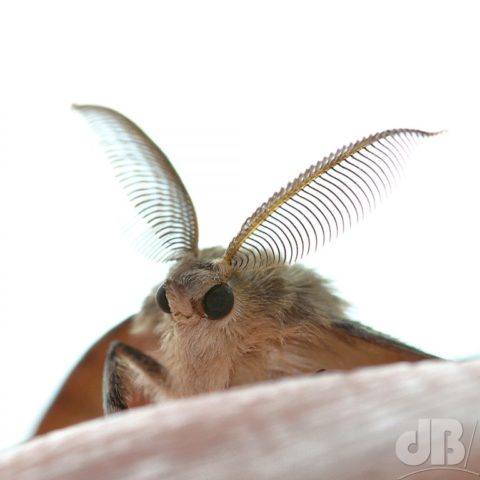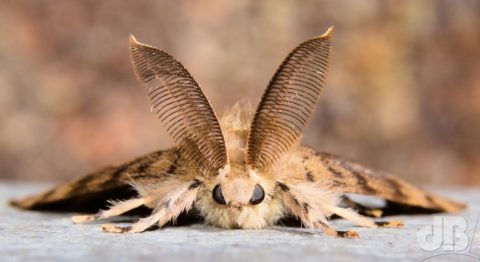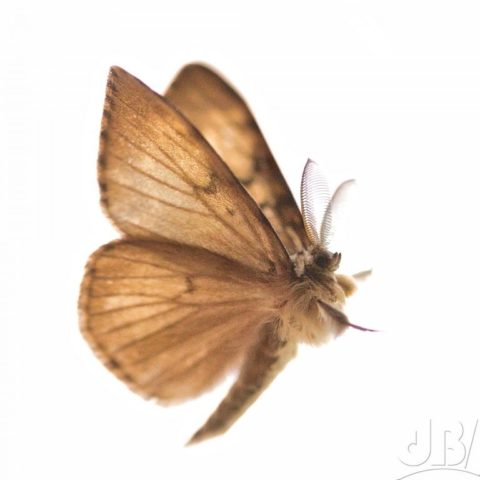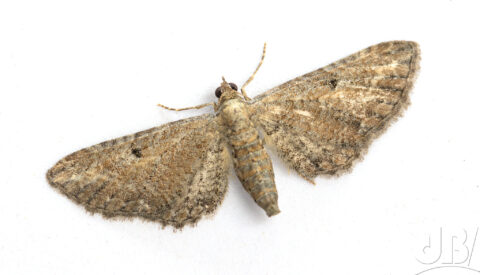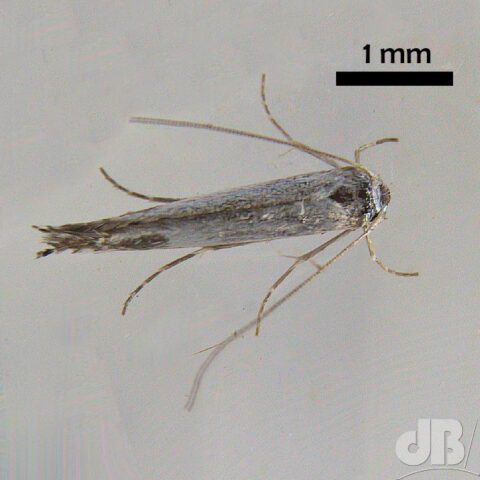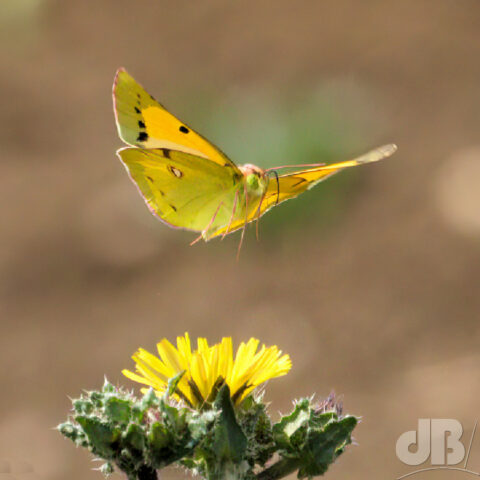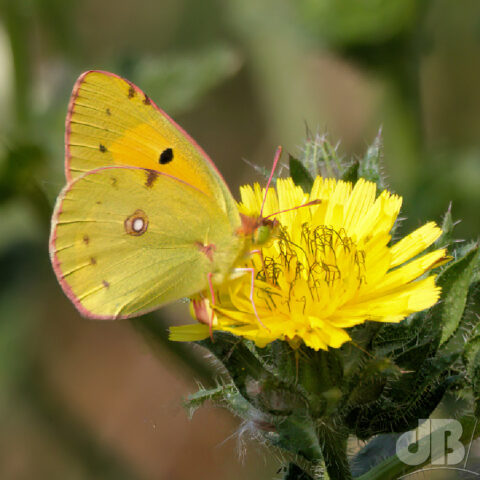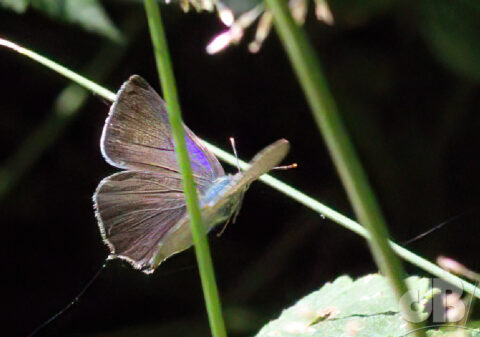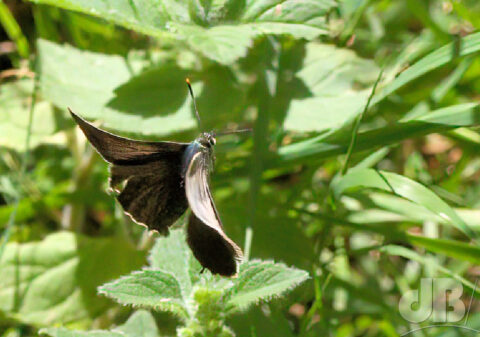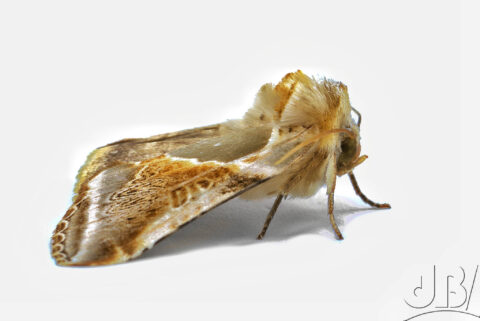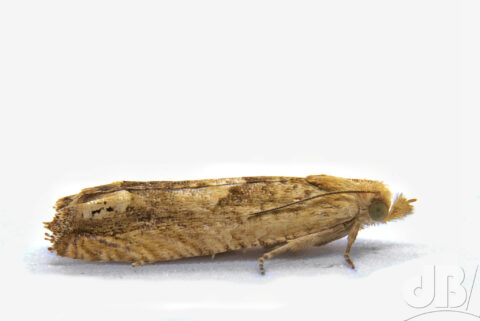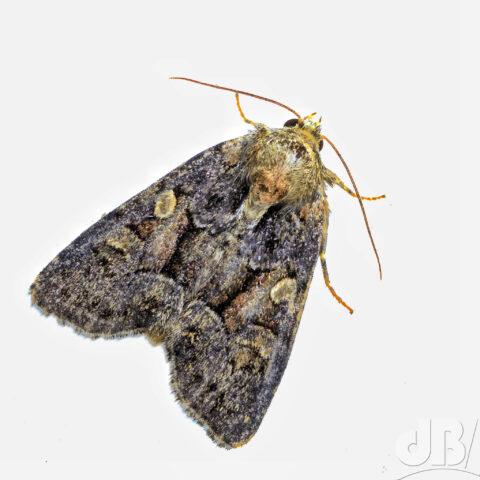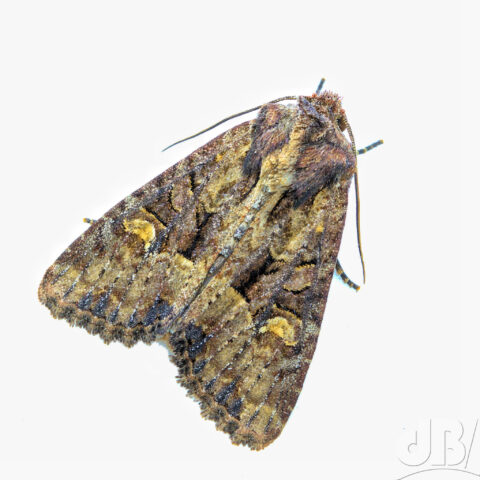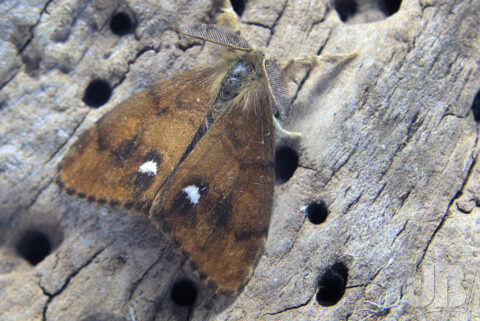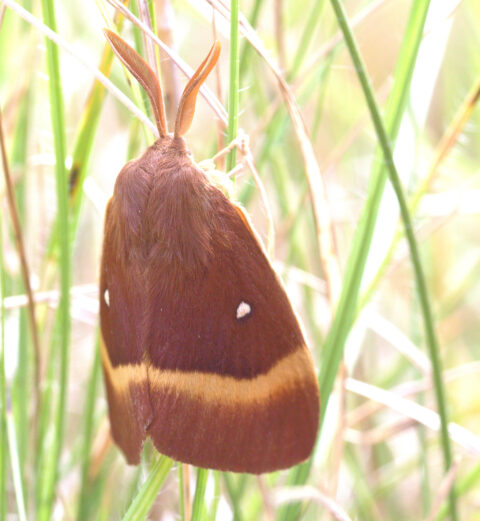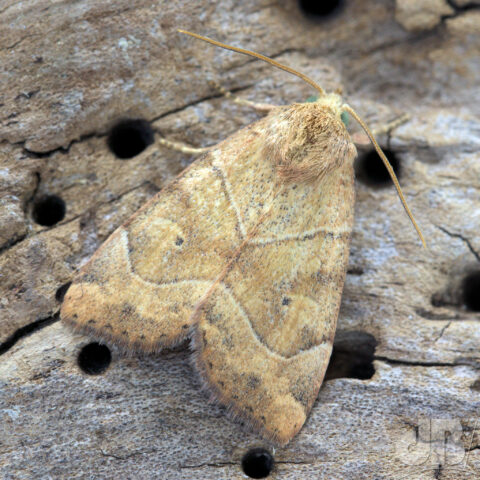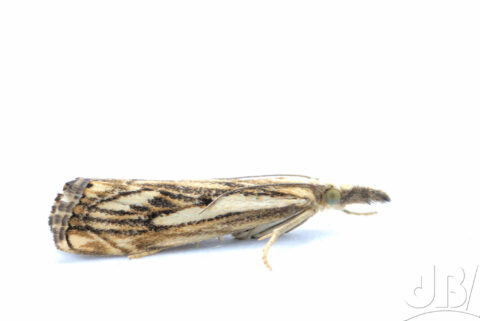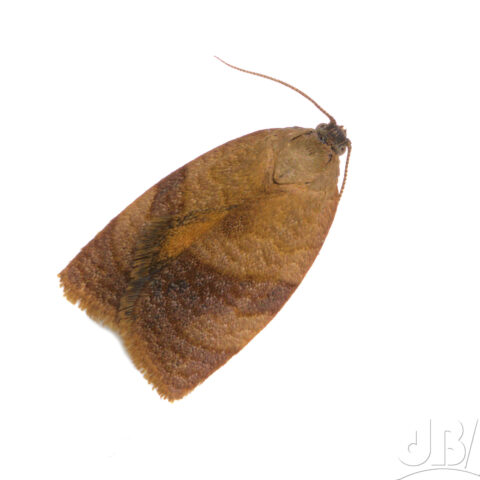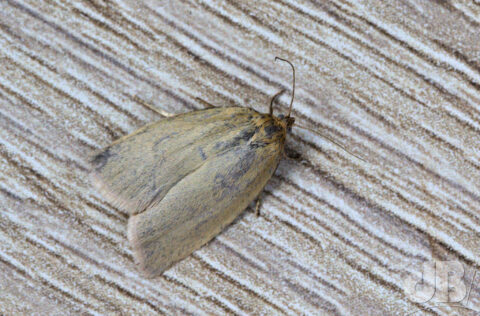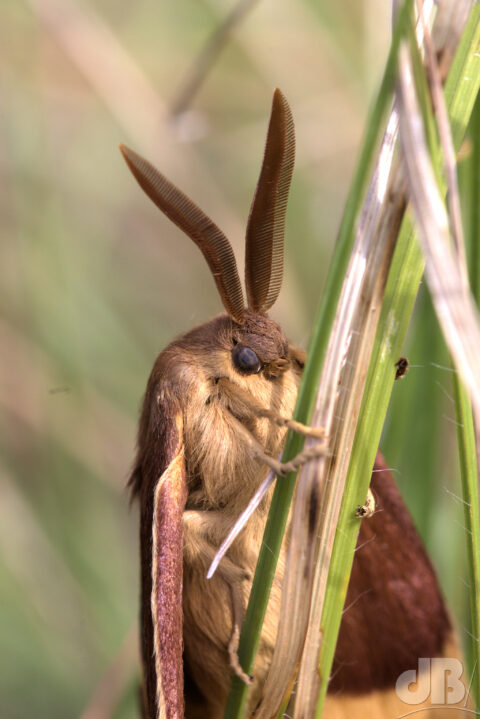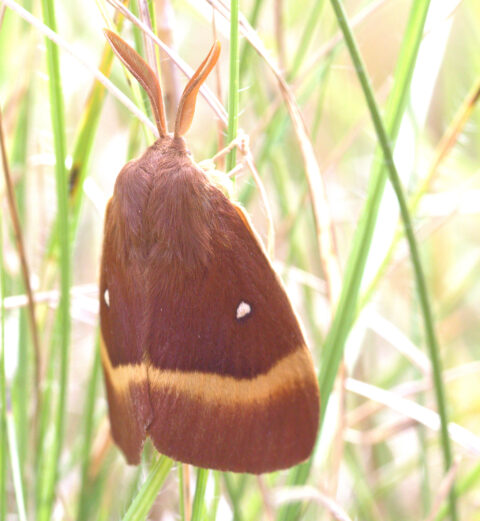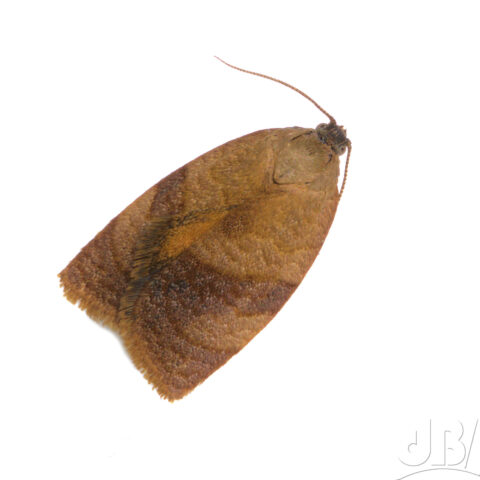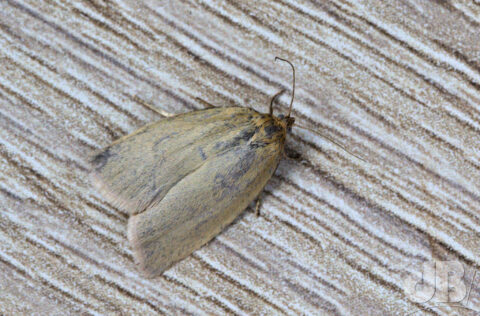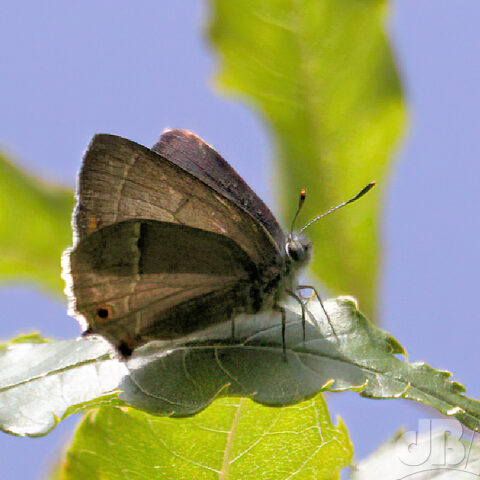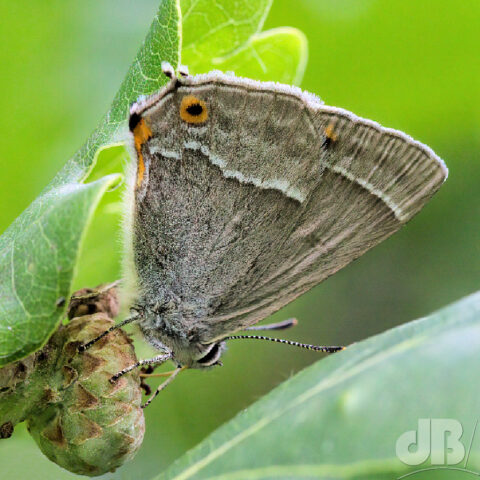UPDATE: 2 Sep 2022 We (I) took the LepiLED with a portable trap to the New Forest in August and added 12 or so moths to the list, when we returned from our trip, first night lighting up we saw a Convolvulus Hawk-moth turn up to nectar on the Nicotiana (garden tobacco plants) before diving into the home garden moth trap. Another turned up later that evening and another on night of 1st September.
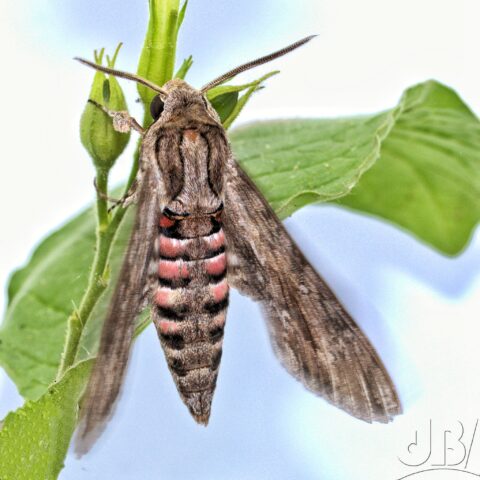
It was four years in July 2022 that I had been mothing in our back garden with a 40W actinic/UV trap. In that time I’ve photographed well over 400 species of macro and micro moth. I keep logs for the County Moth Recorder, so it’s not only a photographic venture it’s citizen science too.
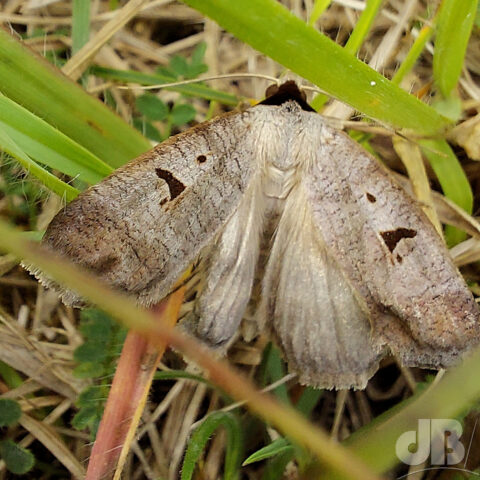
By 2020/2021 I felt like I had probably seen most of the species of moth that are in this area, but there are always surprises that turn up and in those years there were 31 and 37 species that turned up that I hadn’t seen before. It’s the middle of August and so far in 2022, I have logged well over 300 species in the garden (and elsewhere as noted) this year, with 45 of them being species new to me.
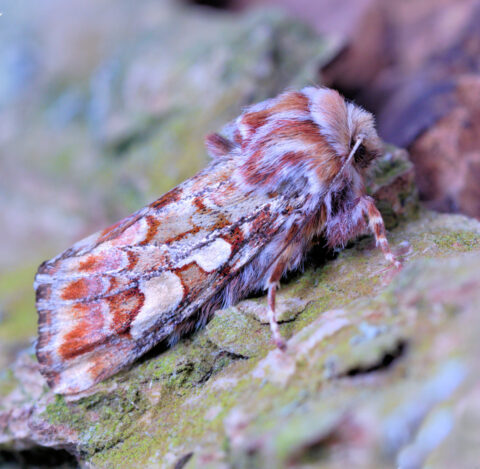
-
-
- Arches, Black (Lymantria monacha, Linnaeus, 1758) NF*
- Beauty, Pine (Panolis flammea, Denis & Schiffermüller, 1775)
- Bell, Crescent (Epinotia bilunana, Haworth, 1811)
- Bell Pale Lettuce (Eucosma conterminana, or could be E. fulvana)
- Belle, Hoary (Eucosma cana, Haworth, 1811) Trumpington Meadows
- Blackneck, The (Lygephila pastinum, Treitschke, 1826) Devil’s Dyke
- Button, Rusty Birch (Acleris notana, Donovan, 1806) But agg with A. ferrugana
- Carpet, Dark-barred Twin-spot (Xanthorhoe ferrugata, Clerck, 1759) NF
- Case-bearer, Large Clover (Coleophora trifolii, Curtis, 1832)
- Case-bearing Clothes Moth (Tinea pellionella, Linnaeus, 1758)
- Cocksfoot Moth (Glyphipterix simpliciella, Stephens, 1834) Les King Wood on buttercups
- Conch, Little (Cochylis dubitana, Hübner, 1799)
- Cosmet, Garden (Mompha subbistrigella, Haworth, 1828)
- Dark Groundling (Bryotropha affinis, (Haworth, 1828)
- Dog’s Tooth (Lacanobia suasa, Denis & Schiffermüller, 1775)
- Dot Moth (Melanchra persicariae, Linnaeus, 1761)
- Drill, Broad-blotch (Dichrorampha alpinana, Treitschke, 1830)
- Drill, Sharp-winged (Dichrorampha acuminatana, Lienig & Zeller, 1846)
- Drinker, The (Euthrix potatoria, Linnaeus, 1758) Larva at Brampton Wood
- Footman, Rosy (Miltochrista miniata, Forster, 1771) NF
- Ghost (Female) (Hepialus humuli, Linnaeus, 1758)
- Golden Argent (Argyresthia goedartella, Linnaeus, 1758)
- Grass-veneer, Chequered (Catoptria falsella, Denis & Schiffermüller, 1775)
- Grey, Meadow (Scoparia pyralella) Monk’s Wood
- Hawk-moth, Convolvulus (Agrius convolvuli, Linnaeus, 1758)
- Heath, Common (Ematurga atomaria, Linnaeus, 1758) Devil’s Dyke
- Knot-horn, Broad-barred (Acrobasis consociella, Hübner, 1813)
- not-horn, Dotted Oak (Phycita roborella, Denis & Schiffermüller, 1775)
- Leaf Miner, Apple (Lyonetia clerkella, Linnaeus, 1758)
- Marble, Mottled (Bactra furfurana, Haworth, 1811)
- Nycteoline, Oak (Nycteola revayana, Scopoli, 1772)
- Parornix sp.
- Piercer, Pale-bordered (Grapholita janthinana, Duponchel, 1835)
- Piercer, Vagrant (Cydia amplana, Hübner, 1799) NF
- Pinion, Lesser-spotted (Cosmia affinis, Linnaeus, 1767)
- Prominent, Lesser Swallow (Pheosia gnoma, Fabricius, 1777) NF
- Pug, Tawny Speckled (Eupithecia icterata fulvata, Villers, 1789)
- Pug, White-spotted (Eupithecia tripunctaria, Herrich-Schäffer, 1852)
- Pug, Yarrow (Eupithecia millefoliata, Rössler, 1866)
- Rivulet, Grass (Perizoma albulata, Denis & Schiffermüller 1775) Trumpington Meadows
- Rivulet, Small (Perizoma alchemillata, Linnaeus, 1758) RSPB Bempton
- Roller, Triangle-marked (Ancylis achatana, Denis & Schiffermüller 1775)
- Rush Veneer (Nomophila noctuella, Denis & Schiffermüller, 1775)
- Rustic, Hedge (Tholera cespitis, Denis & Schiffermüller, 1775) NF
- Rustic, Six-striped (Xestia sexstrigata, Haworth, 1809) NF
- Shoot, Rosy-cloaked (Gypsonoma aceriana, Duponchel, 1843)
- Smudge, Bitter-cress (Eidophasia messingiella, Fischer von Röslerstamm, 1840)
- Smudge, Pied (Ypsolopha sequella, Clerck, 1759)
- Thorn, Dusky (Ennomos fuscantaria) NF
- Tortrix, Carnation (Cacoecimorpha pronubana, Hübner, 1799)
- Tortrix, Chequered Fruit-tree (Pandemis corylana, Fabricius, 1794) NF
- Tortrix, Timothy (Aphelia paleana, Hübner, 1793)
- Tortrix, Variegated Golden (Archips xylosteana, Linnaeus, 1758)
- Treble-bar, Lesser (Aplocera efformata, Guenée, 1858) NF
- Underwing, Light Crimson (Catocala promissa, Denis & Schiffermüller 1775) NF
- Vestal, The (Rhodometra sacraria, Linnaeus, 1767)
- Wainscot Neb (Monochroa palustrellus, Douglas, 1850)
- Wainscot, Mere (Photedes fluxa, Hübner, 1809)
- Wainscot, Southern (Mythimna straminea, Treitschke, 1825)
- Wave, Plain (Idaea straminata, Borkhausen, 1794) NF
-
You can find photos of all these species in my Lepidoptera galleries over on my Imaging Storm website. Photos of 47 species of butterfly and 460 moths as of 1st September 2022.
*NF = New Forest
